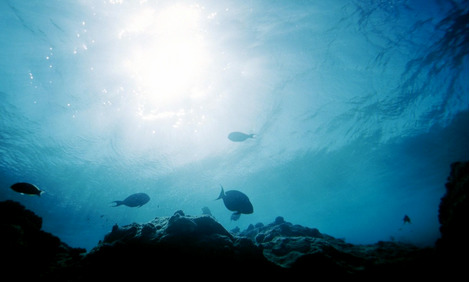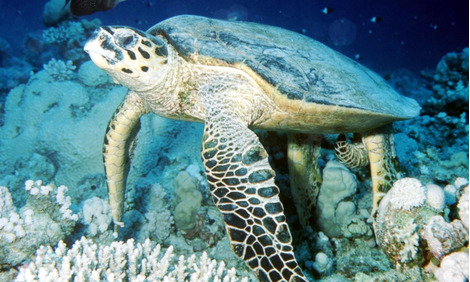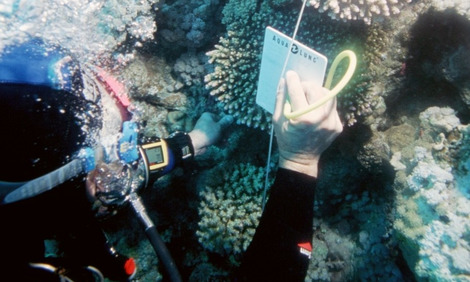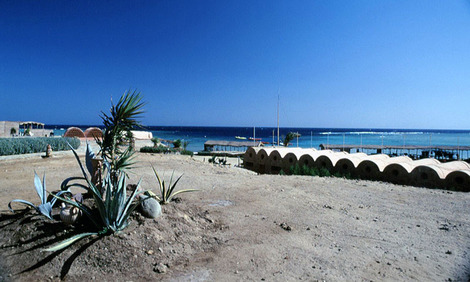Hinweise und Einwilligung zu Cookies & Drittinhalten
Wir verwenden technisch notwendige Cookies/Tools um diesen Dienst anzubieten, zu betreiben und abzusichern. Des Weiteren verwenden wir
mit Deiner ausdrücklichen Einwilligung
Cookies/Tools zum Marketing, Tracking, Erstellen personalisierter Inhalte auf Drittseiten sowie zur Darstellung von Drittinhalten auf unserer Webseite. Eine von Dir erteilte Einwilligung, kannst Du jederzeit mit Wirkung für die Zukunft über den Menüpunkt „Cookie-Einstellungen“ widerrufen.
Mit dem Klick auf „Alle erlauben“ erteilst Du uns
die ausdrückliche Einwilligung
zur Verwendung von Cookies/Tools um die Qualität und Performance unseres Dienstes zu verbessern, zur funktionalen und personalisierten Leistungsoptimierung, die Effektivität unserer Anzeigen oder Kampagnen zu messen, für personalisierte Inhalte zu Marketingzwecken, auch außerhalb unserer Webseite. Dies ermöglicht uns personalisierte Online-Anzeigen und erweiterte Analysemöglichkeiten über Dein Nutzerverhalten. Dies beinhaltet auch den Zugriff und die Speicherung von Daten auf Deinem Gerät. Deine Einwilligung kannst Du jederzeit mit Wirkung für die Zukunft über den Menüpunkt „Cookie-Einstellungen“ widerrufen.
Über die Schaltfläche „Einstellungen ändern“ kannst Du individuelle Einwilligungen zu den Cookies/Tools erteilen, widerrufen und erhältst weitergehende Informationen zu den von uns eingesetzten Cookies/Tools, deren Zwecke und Laufzeiten.
Mit dem Klick auf „Nur unbedingt erforderlich“ werden nur technisch notwendige Cookies/Tools eingesetzt.
Our data protection declaration tells you how we process personal data and what purposes we use the data processing for.












